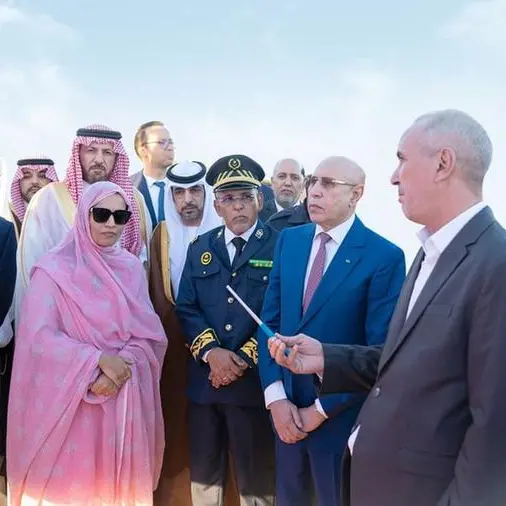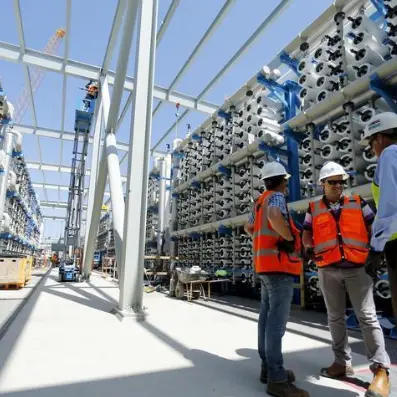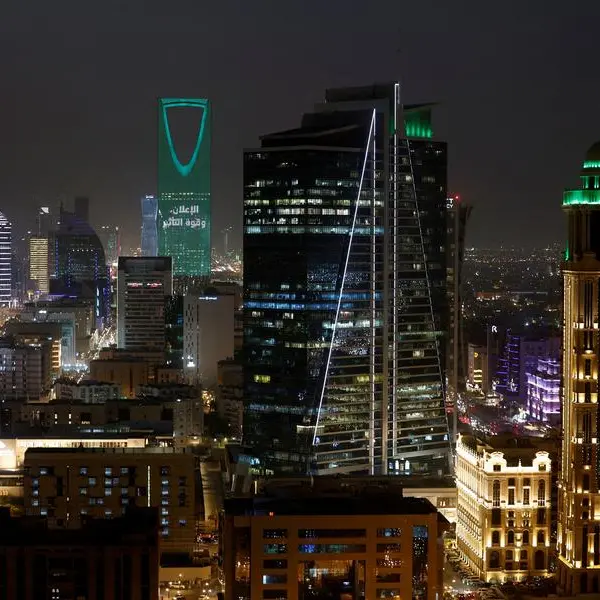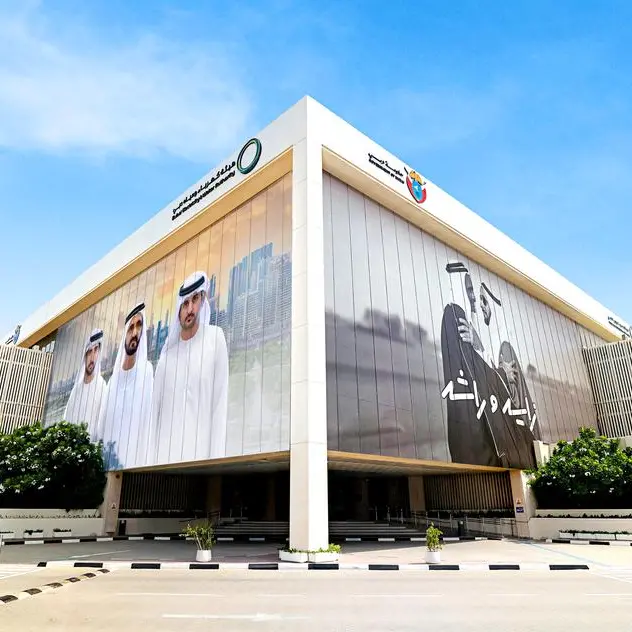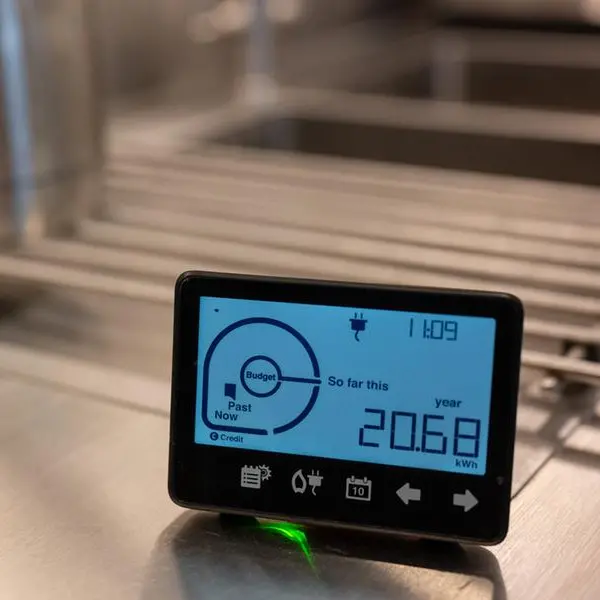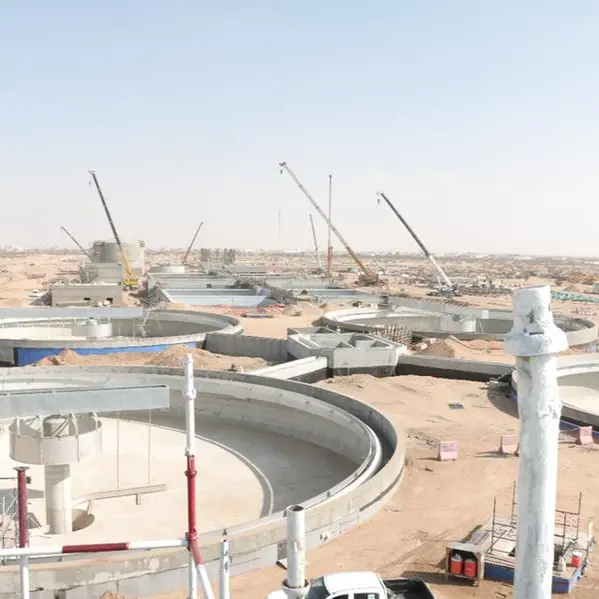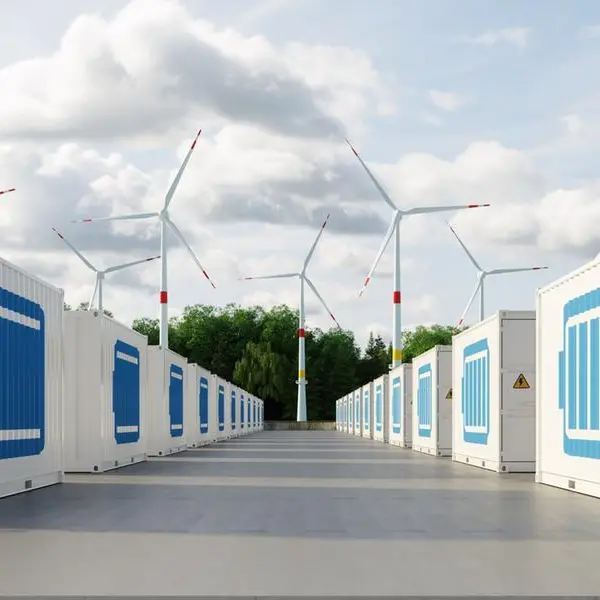PHOTO
Dubai Electricity and Water Authority (DEWA) has signed a 35-year Power Purchase Agreement with Dubai Municipality to buy electricity from Dubai Waste Management Centre (DWMC), the world's largest waste-to-energy project owned by the Municipality.
The agreement, signed during the World Government Summit 2023 (WGS 2023), will support the Dubai government’s goals for sustainable energy and circular economy, the government entities said in a joint statement.
Key elements of the PPA include:
DEWA’s 132 KV Warsan substation will be the interface connecting DWMC to the grid.
DWMC will be added to the list of DEWA’s main production units to ensure maximum utilisation of its production capacity that are always available to supply the electricity grid.
The generated energy will be used to operate the DWMC and the Warsan Wastewater Treatment Plant.
The agreement also supports the conversion of Warsan Wastewater Treatment Plant into a sustainable plant by increasing the efficiency and reducing the cost by treatment operations by 50 percent, and reduced the plant’s operating by 30 percent.
“DEWA has undertaken a vital role in developing the power purchase agreement as per the best practices and to benefit from the expertise gained through the successful independent power producer (IPP) model,” said the DEWA’s Managing Director and CEO Saeed Mohammed Al Tayer.
Dawoud Al Hajri, Director General of Dubai Municipality, said the sale of electricity produced from the DWMC reflects the efforts of Dubai to promote sustainability and protect the environment by recycling waste and converting it into products and energy, which can be used in materialising the model of the circular economy.
(Writing by D Madhura; Editing by Anoop Menon)

